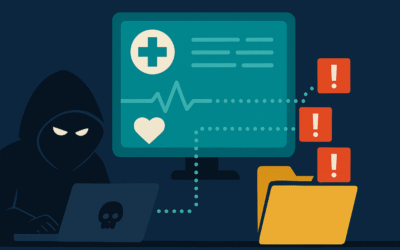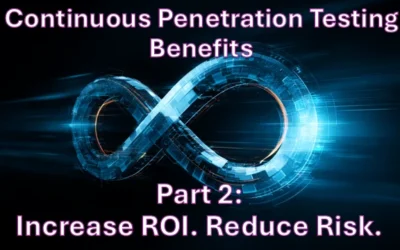Coming from someone who can officially say that information security has given me a few gray hairs, I’m writing this article from the perspective of someone who’s been around the block. With over 15 years in information security, I feel like I’ve seen it all. And while I can’t claim to be a great penetration tester myself, I can say that I work with (and have worked with) some truly talented pentesters. I can also feel confident stating that I’ve read more pentest reports than most.
So, having this background… I get asked by businesses and defenders all the time, “What advice would you give?” and, “What lessons can be learned?”
Well, thanks for asking…. (insert deep breath here)
1.P@ssw0rds are still w3$k!
In fact, we’ve known that passwords are a weak form of authentication since the moment the first password-based authentication system was created. Passwords can be weak for several compounding reasons. Whether it be due to their limited length and complexity (keyspace) or the fact that they can be shared, guessed, written down, or reused, let’s face it, they provide almost no security. Until we stop using passwords or ensure that every last account has a strong and unique password that can’t be guessed or cracked, we accept significant risk.
2.Multifactor authentication
(MFA) is not enabled or required for all remote access. While it is almost common place now to find MFA on VPNs, we still find roles, groups, and even URLs allowing MFA to be bypassed. Further, other types of remote access like Citrix and Remote Desktop, Outlook Web Access, and SSH are more overlooked. Remember that when passwords are weak (and they probably are), attackers will be quick to take advantage when MFA is not enforced.
3.Two wrongs don’t make a right
Your mom said it, and now I will too. In SynerComm’s reporting, we consider both #1 and #2 to be high-severity findings in our pentest reports. When combined, these result in a critical weakness. Password spraying allows an attacker to easily guess common passwords (think Summer19) and gain immediate access to email and internal networks.
4.Vulnerability scanners provide a false sense of security
Don’t get me wrong, get your EternalBlue and Heartbleed patched, but don’t think just because you’re well patched that you are secure. Vulnerability scanning is important, but at its best, it discovers live systems, missing patches, default credentials, weak services, and other well-known vulnerabilities. What it doesn’t tell you is that your systems may already include a roadmap to access anything and everything on your network.
Pentesters, just like modern attackers, typically don’t rely on missing patches to traverse networks, gather privileges, and access protected data. No vulnerability scanner will warn you that all laptops share the same local administrator password or that a domain admin RDP’d into one of them to troubleshoot an issue (and left their cleartext password cached in memory).
5.Your next-generation firewall and endpoint solution could also provide a false sense of security
Again, don’t get me wrong, I am a big fan of solutions like Palo Alto and CrowdStrike. BUT, simply purchasing and deploying these solutions doesn’t make your networks and systems more secure. Like any control, all security solutions must be configured, tuned, and VALIDATED.
Lesson #5: It isn’t uncommon to find best of breed security controls running in “monitor only” or “log only” state. After all, the easiest way to start is to convert that old layer 3 ASA config and turn on the security features later. And let’s not forget that ALL IT EMPLOYEES should always be whitelisted in these controls because we don’t need that stuff in our way.
6.Maybe this should be #1, but I think hope we’ve all got this figured out…Compliance does not result in security
Contractual, industry, and especially regulatory compliance are all important, but don’t let compliance get in the way of being secure. Information security programs should be designed to protect the confidentiality, integrity, availability, and usefulness of information; compliance should just be a benefit of good security.
7.Last, but not least… If you develop your own apps, contract development of apps, or acquire custom developed applications, assess them!
Secure coding isn’t a new concept, but the concept is (unfortunately) new still to many developers. Widely-used and commercial off the shelf (COTS) applications are heavily scrutinized, but your applications may be waiting for the right attacker to come along. A lesson worth sharing is that a breach can be far more costly than validating and potentially fixing issues before the attack.
If you’ve made it to this point, thank you for reading through. This often isn’t what people expect to hear or even want to hear, but sometimes honesty can be blunt and surprising. My advice is always start with a solid foundation and then build on it. Use frameworks like the CIS Top 20 to provide a prioritized roadmap and don’t get caught skipping ahead. Good security can be as simple as keeping to the basics.




